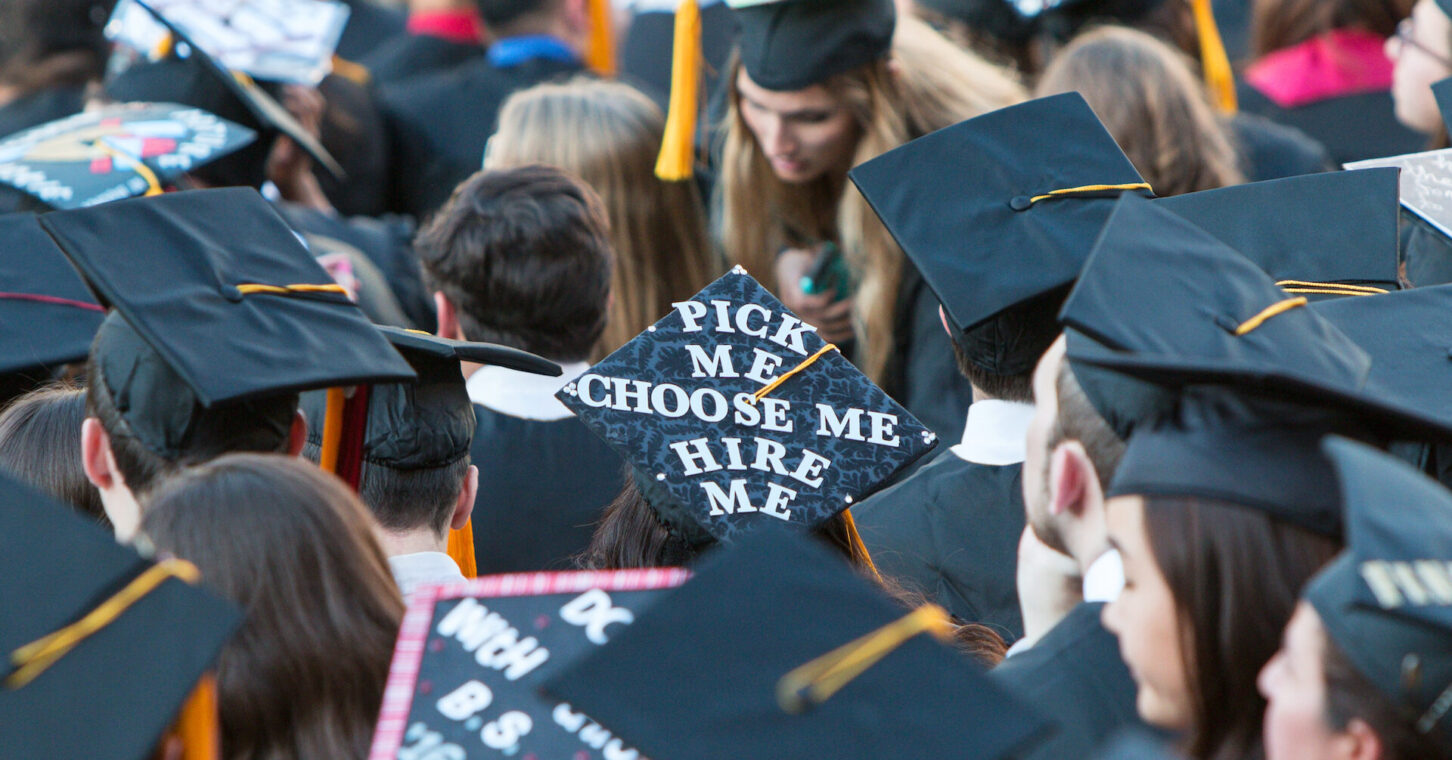
The news of disappointing standardized test scores nationwide had barely landed when another jarring item hit: The U.S. Supreme Court held it is unconstitutional for colleges to consider race as a factor in admissions because it amounts to discrimination.
There is a connection between the two developments that is worth exploring.
First, a bit about the decision handed down this past Thursday. Chief Justice John Roberts, who authored the majority opinion in the 6-3 ruling, noted in a previous ruling that “the way to stop discrimination on the basis of race is to stop discriminating on the basis of race.” In the newer case, known as Students for Fair Admissions, Inc. v. President and Fellows of Harvard College, he fleshed out the thought.
“Many universities have for too long wrongly concluded that the touchstone of an individual’s identity is not challenges bested, skills built, or lessons learned, but the color of their skin,” Roberts wrote. “This Nation’s constitutional history does not tolerate that choice.”
However, this is not a case of white students versus all others. Crucially, the group hit hardest by racial preferences was Asian Americans. One example: An Asian American in the top 10% (or decile) academically was less likely to be admitted to Harvard than a black student in the fourth lowest decile.
Such practices are obviously discriminatory. They also ignore the possibility – to borrow Roberts’ language – that an applicant from a less-favored group might have bested challenges, built skills or learned lessons that made them more than the color of their skin.
Clearly, many students in the groups given preferential treatment have also bested challenges. While it might not show up in a college admissions essay, one such challenge is the K-12 educational system they were forced into.
The latest standardized test scores from the National Assessment of Educational Progress show all too painfully that black and Hispanic 13-year-olds continue to lag behind their peers. Worse, they also tended to suffer the most learning loss since the pandemic.
By the time students apply to colleges, they have almost completed their primary and secondary educations. The fact that colleges resort to considering race is an acknowledgment that too few black and Hispanic students finish high school with the credentials to enter selective universities on their own.
If you are looking for the tragedy here, that is it.
Now, if only we had a proven way to boost the academic achievement of these groups of students.
Oh wait, we do.
Another bit of recent news on this front is the third installment of the National Charter School Study by Stanford University. Stanford’s Center for Research on Education Outcomes has issued periodic evaluations of public charter schools since 2009. Here’s one finding from the latest edition:
“Charter schools produce superior student gains despite enrolling a more challenging student population than their adjacent TPS (traditional public school). They move Black and Hispanic students and students in poverty ahead in their learning faster than if they enrolled in their local TPS.”
And then, more pointedly: “Knowing that the average student in the average charter school can outperform their TPS peers raises important questions about the priority placed on student outcomes in education decisions in many communities.”
It sure does.
Some educators blame funding, although charter schools typically receive significantly less funding per-student than traditional public schools. Some blame parents in these communities, but parents are the reason the higher-performing public charter schools have long waiting lists. Parents aren’t the ones imposing artificial caps on the number of public charter schools or trying to shut down even successful ones, as we’ve seen in metro Atlanta.
Let’s tie all of this together.
Academic achievement still lags among students in some groups, and colleges’ use of racial preferences as a backdoor solution – for a very select, lucky few students, mind you – was just declared unconstitutional. There is a dire need for actual solutions that benefit as many students as possible, and research has already identified one of those solutions.
What are we waiting for?